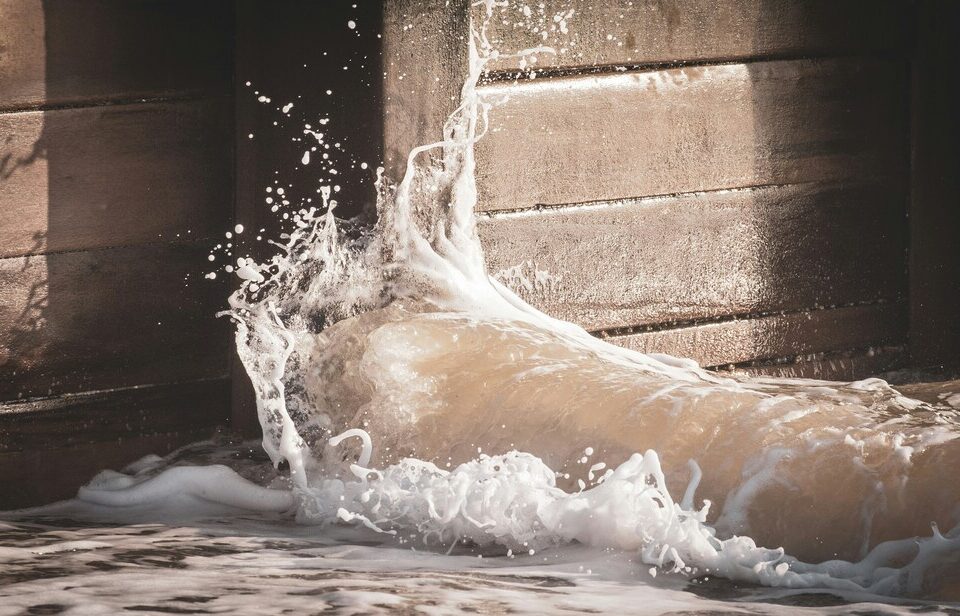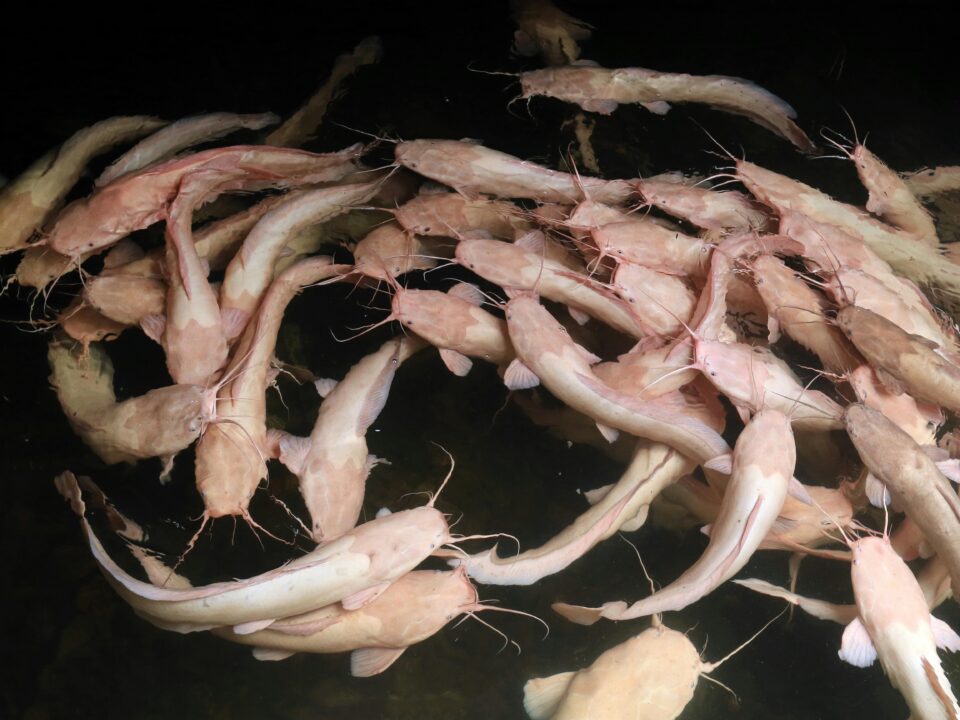
What is a TDS Meter and How Does It Work?
August 27, 2025blog page
How to Choose ORP Sensor
Understanding ORP meaning and the function of an ORP sensor is crucial for water quality management. What is ORP? It stands for Oxidation-Reduction Potential, a key indicator of water’s cleansing ability. An ORP meter provides a measurement that helps determine whether water is sanitary and safe. Whether you’re a pool operator, a wastewater technician, or an aquaculture expert, selecting the right ORP equipment is essential for accurate readings and effective operations.
What is ORP? Understanding the Basics
ORP measures the ability of a solution to act as an oxidizing or reducing agent. It is expressed in millivolts (mV). Positive ORP values indicate an oxidizing environment, while negative values suggest a reducing environment. For instance, in drinking water or swimming pools, a high ORP value means the water can destroy contaminants effectively.
Knowing what is ORP helps you make informed decisions about water treatment. It is a valuable parameter in many industries, from hospitality to manufacturing.
Why Using an ORP Sensor is Important
An ORP sensor is a vital tool for monitoring water quality. It helps ensure that disinfection processes are working correctly. Without it, you might face issues like bacterial growth or inefficient chemical use.
Many industries rely on these sensors. For example, pools use them to maintain chlorine effectiveness. Wastewater plants use them to control disinfection. Aquaculture systems use them to ensure healthy environments for fish.
| Sensor Type | Description | Applications | ORP Range (mV) | Price Range | Image |
|---|---|---|---|---|---|
| Laboratory ORP Meters | High-precision devices for controlled environments | Research labs, water testing facilities, educational institutions | ±1000 mV | $200 – $800 | 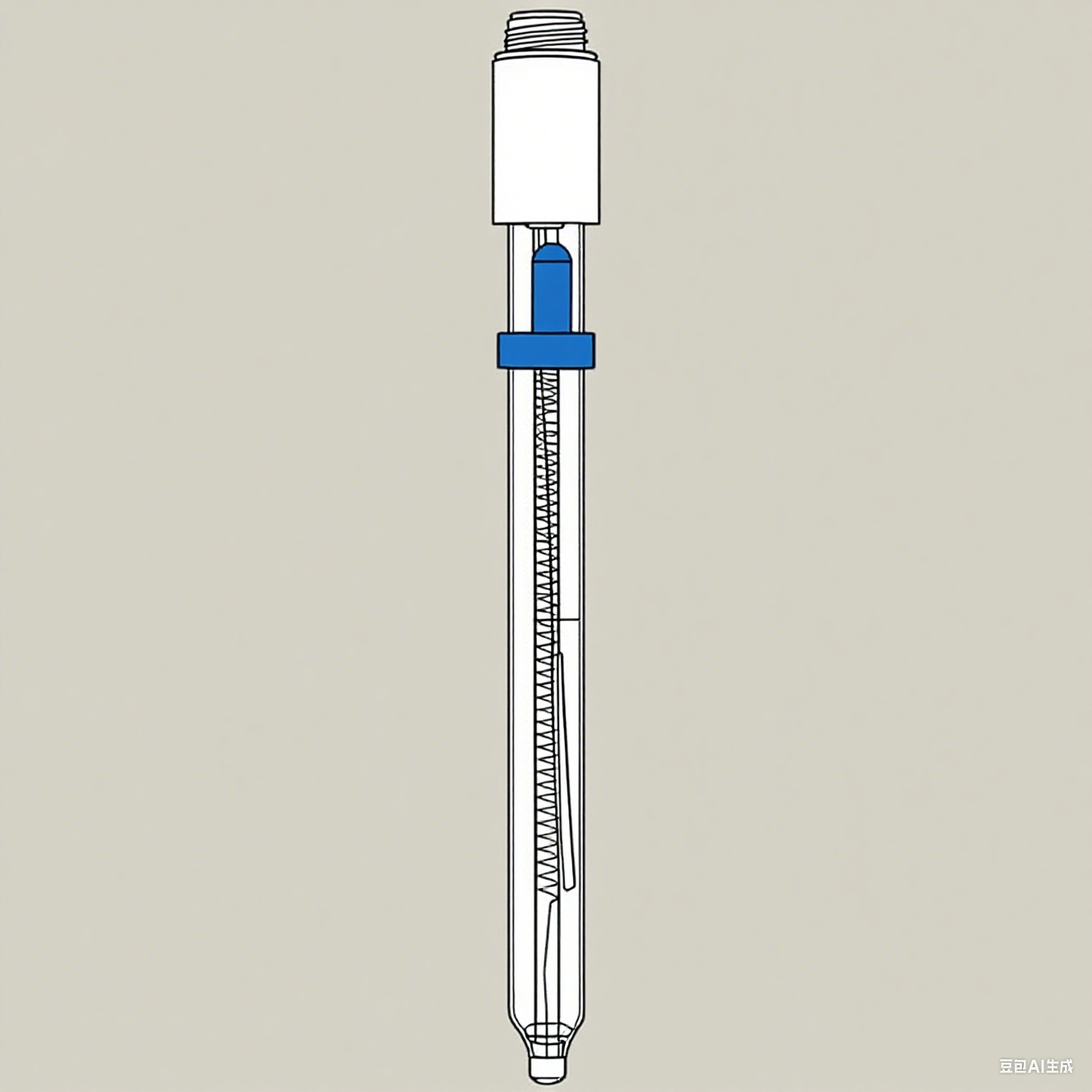 |
| Portable ORP Meters | Handheld, battery-operated meters for on-the-go testing | Field technicians, pool maintenance, environmental researchers | ±1999 mV | $100 – $400 | 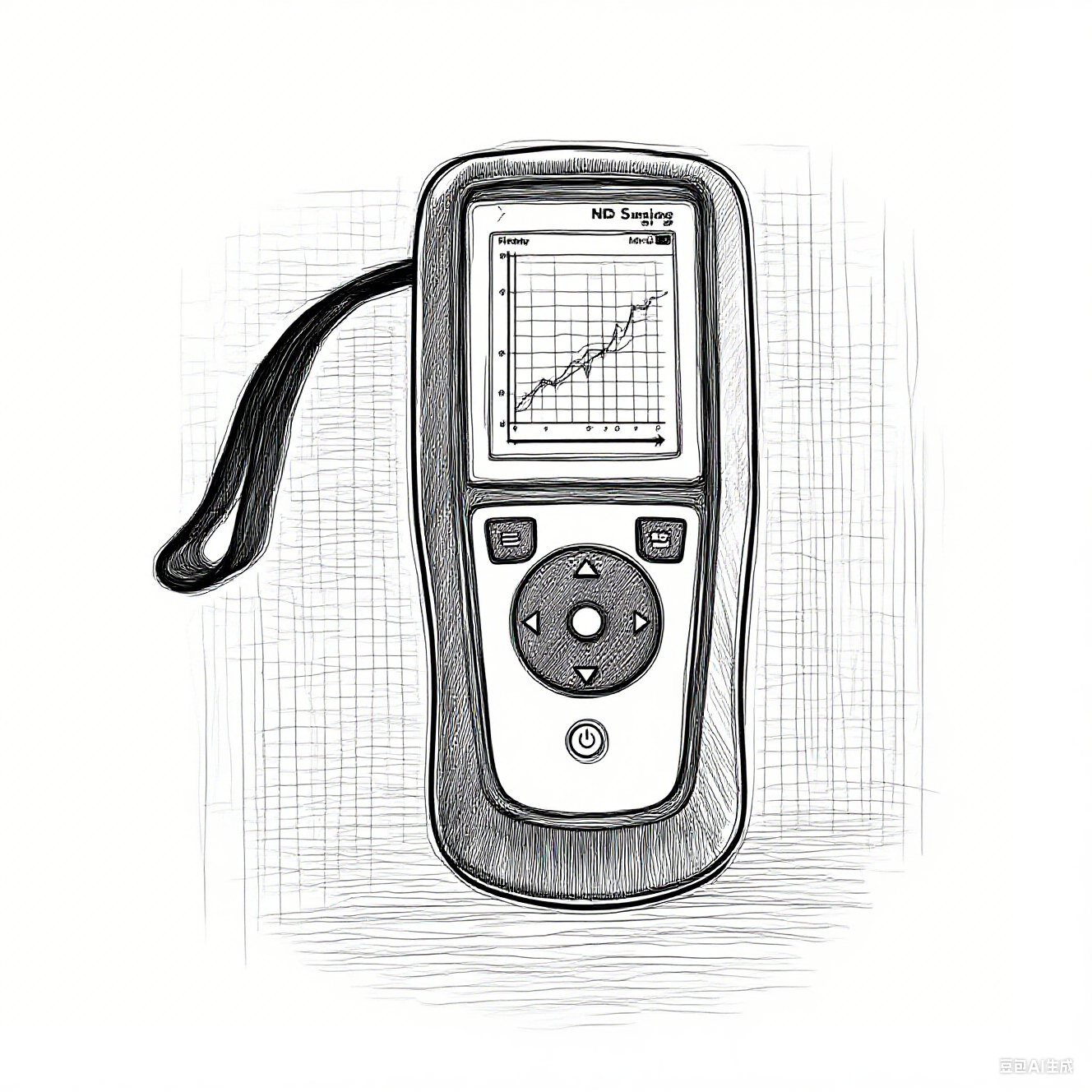 |
| Industrial ORP Sensors | Designed for continuous monitoring in harsh conditions | Wastewater treatment, chemical manufacturing, food processing | ±1500 mV | $300 – $1000 | 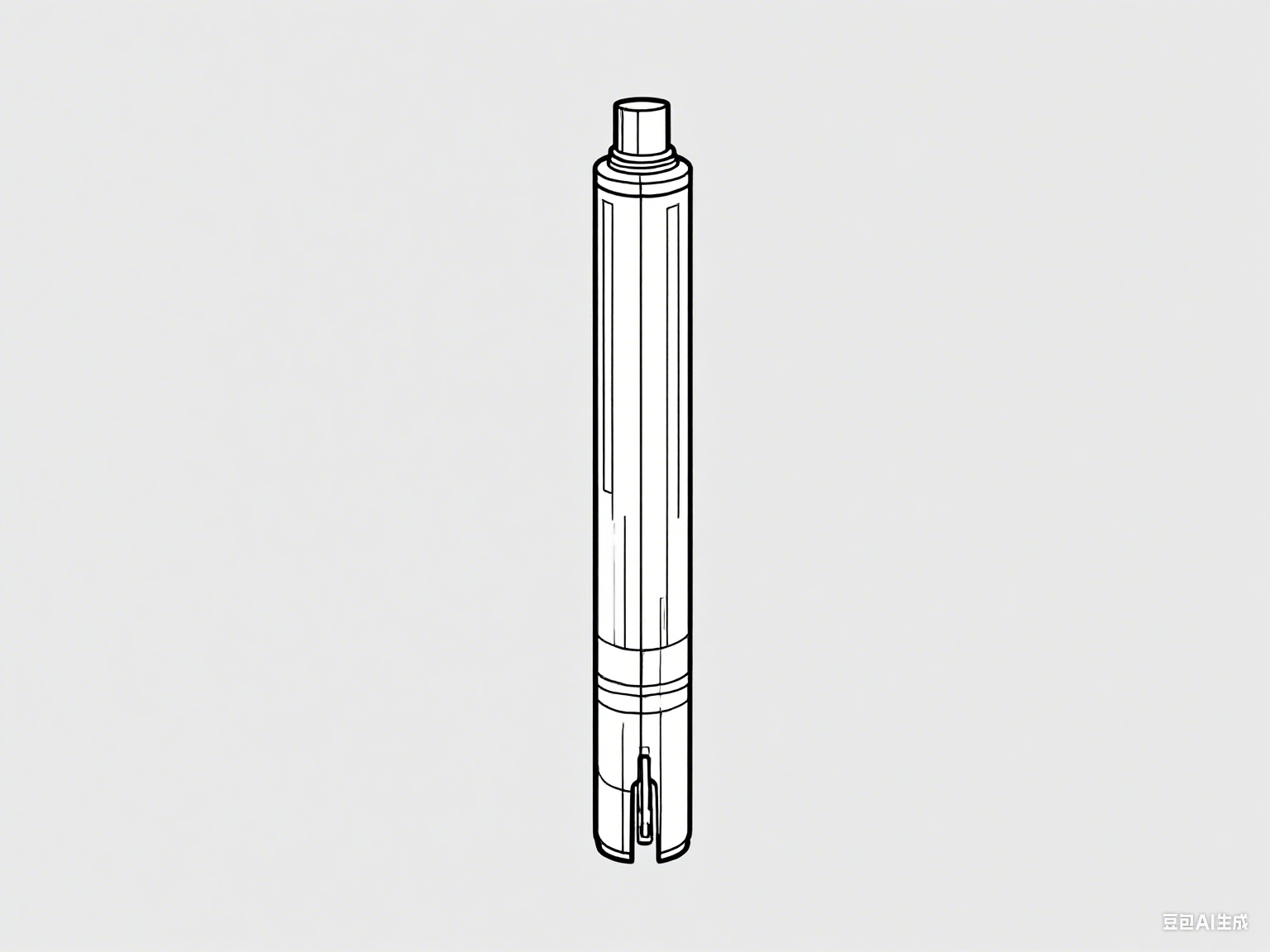 |
| Combination ORP Sensors | Measure ORP along with other parameters like pH or temperature | Multi-parameter water quality systems | ±1200 mV | $150 – $600 |  |
ORP Sensor Applications in Real-World Scenarios
ORP sensors are used in diverse settings. Here are a few examples:
- Swimming Pools: ORP sensors help maintain optimal chlorine levels.
- Drinking Water Treatment: They ensure effective disinfection without overusing chemicals.
- Aquaculture: Farmers use ORP to monitor water quality and prevent fish diseases.
- Food and Beverage: ORP controls sanitation processes in production lines.
How to Maintain Your ORP Sensor
Maintenance is key to longevity and accuracy. Rinse the sensor with clean water after each use. Store it properly to avoid damage. Regularly calibrate it according to the manufacturer’s instructions.
Additionally, check the electrode condition. Replace it if readings become unstable.
Conclusion: Making the Right Choice
Understanding ORP meaning and the role of an ORP sensor is the first step. Then, consider your specific needs—whether for a lab, field, or industrial plant. Compare types, features, and prices. Finally, prioritize accuracy, durability, and ease of use.
By following these guidelines, you can select an ORP meter that offers reliability and value. Your water quality management depends on making an informed decision. Start by assessing your requirements today!


